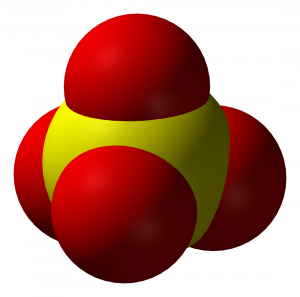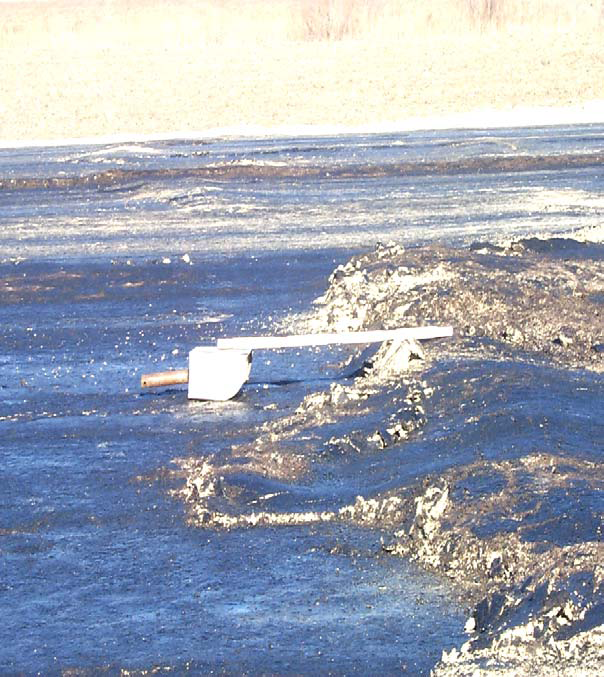INTRODUCTION
Naturally sulfate rich soils can be found in the southern, western and southwestern regions of the United States. Sulfate rich soils that are stabilized with calcium based chemicals can result in what is called sulfate-induced heave. Calcium based stabilization chemicals include lime, cement, and their derivatives.
Lime, cement, flyash, or cement kiln dust can react with clay soil and the sulfates in the clay to form expandable minerals, such as ettringite, which can expand up to 250 percent of its original size when exposed to moisture. This can create large hills of soil, destroying roadways and foundations. Sulfate-induced heave causes millions of dollars in damage each year to roads, highways, runways, parking lots, buildings, and other earth structures created by treating sulfate rich soils with cement or lime products (Puppala, Griffin, Hoyos, Chomtid, 2004).
Simple laboratory testing may be performed on soil samples to determine on-site sulfate levels. With proper awareness and testing, sulfate-induced heave can be prevented.
Sulfates, stabilization chemicals, sulfate-induced heave, heave prevention, and alternative treatments will be discussed through a series of posts with an emphasis on Oklahoma and Texas.
SULFATES
What is a Sulfate?
Sulfates are salts of sulfuric acid. The sulfate ion is an anion, SO4 2-. It consists of one central sulfur atom surrounded by four equivalent oxygen atoms. The sulfate ion carries a negative two charge and is the conjugate base of the hydrogen sulfate ion, HSO4–, which is the conjugate base of sulfuric acid, H2SO4.

3-D Rendering of a Sulfate Ion
Sulfate compounds are created when cations, such as calcium, combine with the sulfate anion. Sulfate compounds include the sulfate minerals gypsum, ettringite and thaumasite, which are the culprits in sulfate induced heave.
Sulfates in Soil

Vertical heave during construction of US 67 near Midlothian, TX (Harris, Sebesta, Scullion, 2004)
Sulfate problems resulting from lime and cement stabilization in soils have been reported since 1962, but were not paid much attention to until the mid-1980s(Harris, Sebesta, Scullion, 2004). Sulfates occur naturally in soils and have been reported in Oklahoma, Texas, Nevada, Louisiana, and Kansas (Puppala, Griffin, Hoyos, Chomtid, 2004).
Sulfates in soils alone do not pose a problem for roadways and structures. When sulfate rich soils are treated with calcium-based stabilizers and subjected to moisture, however, results can be devastating. Sulfate ions in the soil combine with calcium from lime or cement stabilizers, aluminum from stabilizers and/or the clay minerals in the soil and water to generate sulfate heave.
Sulfate levels in soil can vary greatly in an area. Seams of high concentrations of sulfates can be found on a project site. It is important to determine where these seams are and to either remove them or properly mix them with non or low sulfate soils. The amount of sulfates in soil can be tested by collecting a soil sample and testing it in a laboratory. These laboratory tests will be discussed further in an upcoming post.
